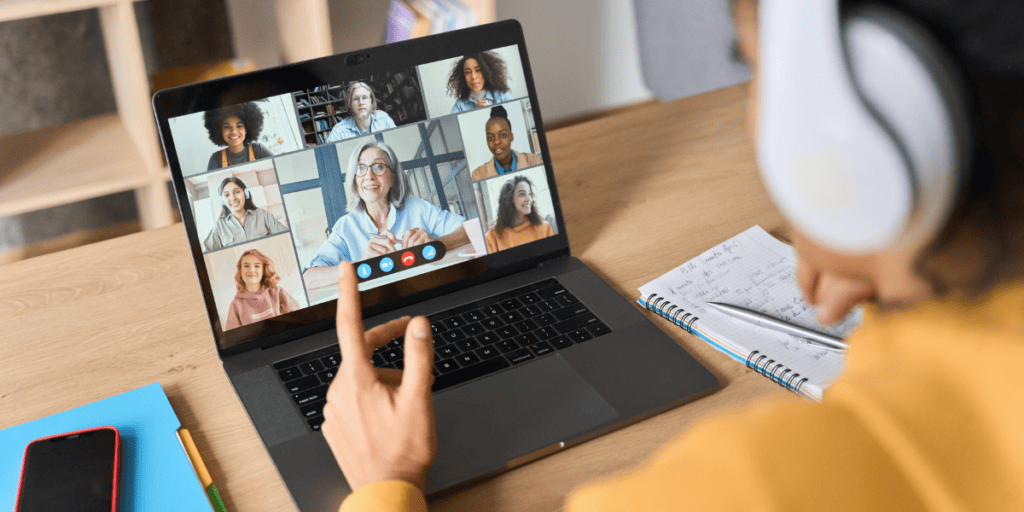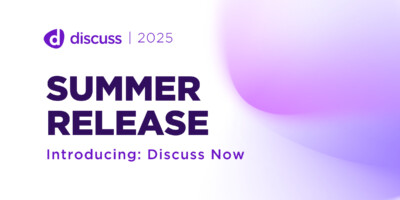New to focus groups? Try these tips.
First time running a focus group? Don’t worry, it’s not as daunting as it may seem. Here are a few tips to get started and keep you focused on your objectives while managing a group of any size:
The basic tool for conducting a focus group or in-depth interview is a discussion guide. Think of the discussion guide as a roadmap for your qualitative session. Items to include are the topics to be covered or the order of the questions, key probes, and any exercises to be included. Don’t include too much detail in the discussion guide or write out the questions, this is not a survey.
Here are the typical sections you should expect to incorporate into your discussion guide:
Introduction: Introduce yourself and tell the participants about the purpose of session. For example, learn more about your pets eating habits.
Warm-up: Ask your participants very general types of questions related to the topic. For example, if the purpose of the discussion was a new dog food concept, participants may be asked about their dog, how often they feed their dogs, what type of food?
Details: This is where you want to learn how your participants view the product category. In our dog food example, you might ask about the advantages and disadvantages of the dog food they currently buy, or how the manufacturer can make an optimal product.
Key Content: This is where the objectives of the research topic may be tested. Here your guide may indicate key words the moderator will probe for based of the research objectives. For the dog food example, the participants may be exposed to several new concepts for new types of dog food. Key probes may be, if the participates mentions the words; improved, natural, healthy, etc.
Wrap-up: Here the moderator gives the participants an opportunity to mention anything that has been forgotten or omitted. Many moderators include a question along the lines, “if you could tell the president of the company anything about their product, what would it be?”
Some tips to keep in mind when planning your next focus group or in-depth discussion session:
*Avoid yes/ no questions: the guide should begin with factual open-ended questions early on then moving to more opinion seeking questions later in the session.
*The moderator needs flexibility to probe or to ask the questions based on the flow as well as cues from the participant’s interests, sentiments or language used so to make the session more conversational.
*Use a funnel approach: impersonal to intimate questions for sensitive topics. Any activities or exercises should be paced later in the session once the participants are comfortable.
* Memorize the guide: reading directly from the guide can detract eye contact or change the moderator’s rapport with the participants. Try to only refer to the guide to be sure all topics are covered.
*Allocate ample time for each section of the guide: decide before the sessions which sections are critical to cover, should time run short.
In summary, use the discussion guide as an outline that mirrors the research objectives. Be sure to make the flow of the session conversational, you do not want to write a questionnaire. Break up the sections using key words or topic headers. Go from general to specific. Allow ample time to have exploratory discussions.
Are you already an expert at writing discussion guides? Share your tips!
Ready to unlock human-centric market insights?
Related Articles

How to Facilitate Meaningful Insights: Strategies for Effective Focus Group Discussions
Conducting a worthwhile focus group requires a strong purpose and well-defined objectives. This isn’t an ordinary chat; it’s an organized…
Conducting a worthwhile focus group requires a strong purpose and well-defined objectives. This isn’t an ordinary chat; it’s an organized…

How to Optimize Engagement with a Virtual Focus Group: Strategies and Tips
Creating successful engagement in virtual focus groups starts with proper planning. This involves everything from the setup of your digital…
Creating successful engagement in virtual focus groups starts with proper planning. This involves everything from the setup of your digital…

Maximize the number of research projects completed by year’s end: Yes, it can be done
Ask most agencies managing enterprise-level market research (MRX) projects, and they’ll tell you they have a love/hate relationship with their…
Ask most agencies managing enterprise-level market research (MRX) projects, and they’ll tell you they have a love/hate relationship with their…



